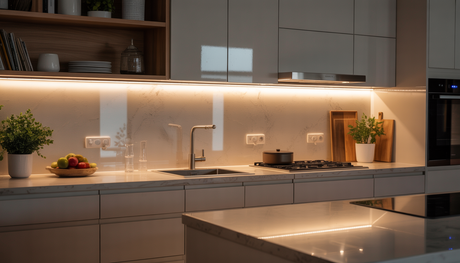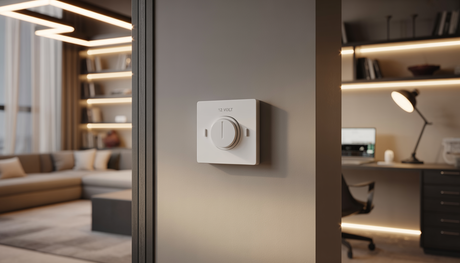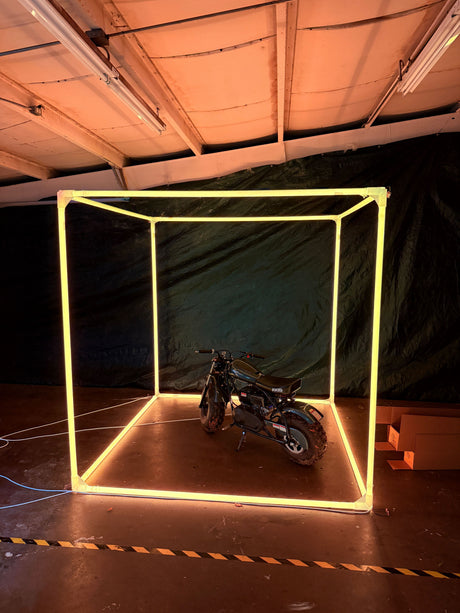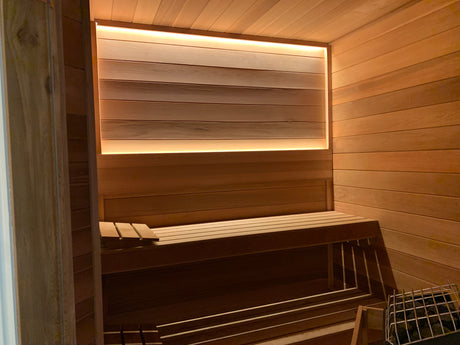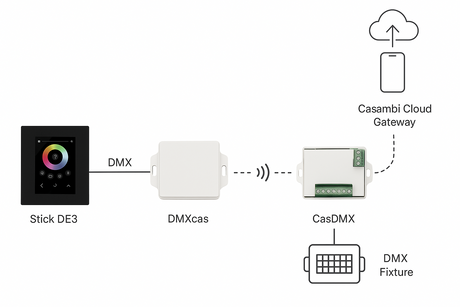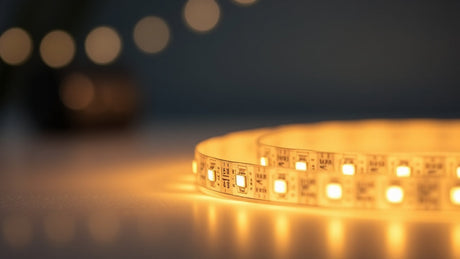
The above diagram demonstrates the effect that high CRI light has on an object.
In layman's terms, CRI is a measure of a light source's ability to show object colors "realistically" or "naturally" compared to a familiar reference source, either incandescent light or daylight.
CRI is calculated from the differences in the chromaticities of eight CIE standard color samples (CIE 1995) when illuminated by a light source and by a reference illuminant of the same correlated color temperature (CCT); the smaller the average difference in chromaticities, the higher the CRI. A CRI of 100 represents the maximum value. Lower CRI values indicate that some colors may appear unnatural when illuminated by the lamp. Incandescent lamps have a CRI above 95. Cool white fluorescent lamps have a CRI of 62; however fluorescent lamps containing rare-earth phosphors are available with CRI values of 80 and above.
For CCT's less than 5000 K, the reference illuminants used in the CRI calculation procedure are the SPD's of blackbody radiators; for CCT's above 5000 K, imaginary SPD's calculated from a mathematical model of daylight are used. These reference sources were selected to approximate incandescent lamps and daylight, respectively.
Some of our customer's projects using High CRI LEDs

Our High CRI LED strip lighting used in a red oak book shelf. The LEDs bring out the true color and beauty of the wood.




